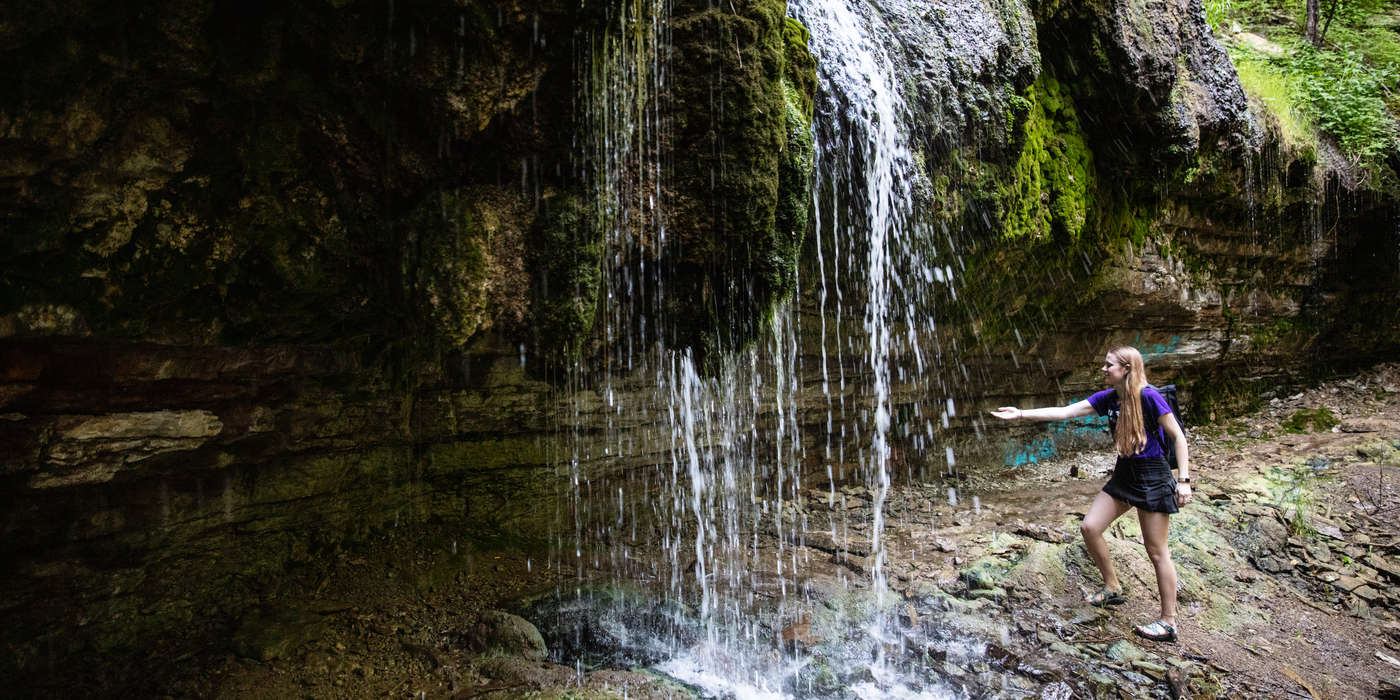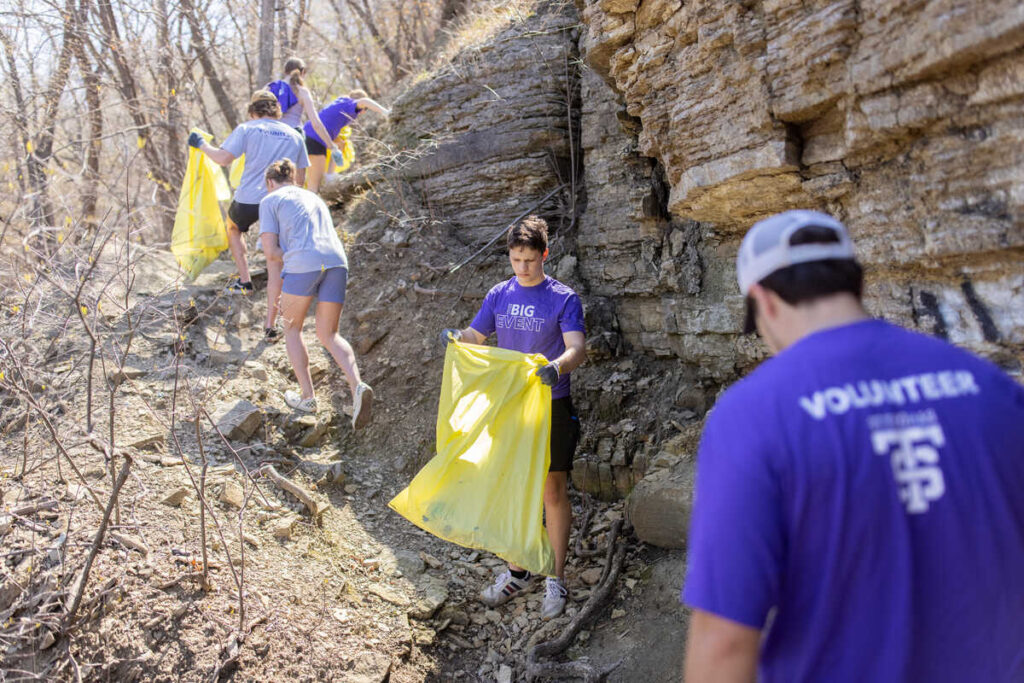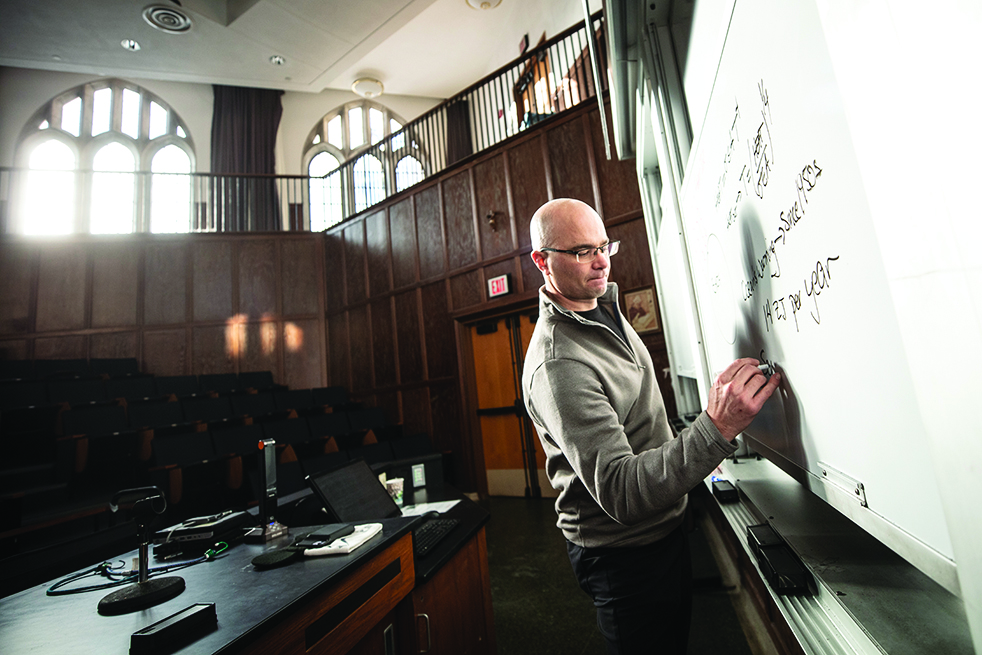For the third consecutive year, St. Thomas was named by The Princeton Review as one of the nation’s most environmentally responsible colleges.
Released on Oct. 20, The Princeton Review Guide to Green Colleges features St. Thomas among 416 colleges in this free resource.
The Princeton Review chose the schools based on a survey of administrators at 695 colleges in 2019-20 about their institutions’ commitments to the environment and sustainability. The company's editors analyzed more than 25 survey data points in the process of choosing schools for the guide.
"We strongly recommend these schools to students who want to study and live at a green college," said Rob Franek, The Princeton Review's editor-in-chief. "Each and every one of the outstanding colleges in this edition of our guide offers both excellent academics and exemplary evidence of environmental commitment.”
Franek noted that The Princeton Review has seen a high level of interest among college applicants and their parents in colleges with green practices, programs and offerings. Sixty-six percent of the 12,845 respondents (college-bound teens and parents) to The Princeton Review's 2020 College Hopes & Worries Survey said that having information about a college's commitment to the environment would affect their (or their child's) decision to apply to or attend a school.
Sustainability is central to St. Thomas’ mission to advance the common good. Last fall, the university published its first sustainability strategic plan, which centers on the vision of catalyzing institution-wide engagement and preparing students to be sustainability leaders. The university also set goals of achieving carbon neutrality by 2035 and a STARS gold rating by 2025.
Over the past year, St. Thomas has continued to advance its commitment to sustainability. For example, the university opened a multimillion-dollar microgrid research facility, expanded its collection of compostable materials, achieved a 60% waste diversion rate, transitioned four acres of grounds to organic maintenance, launched an initiative to combat food insecurity, joined the Global Catholic Climate Movement, and created new sustainability leadership and learning opportunities for students and employees. To learn more, check out the university’s sustainability website and annual progress report.







